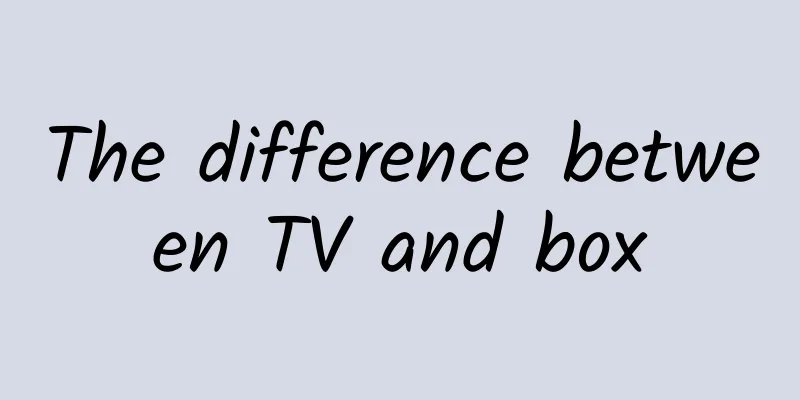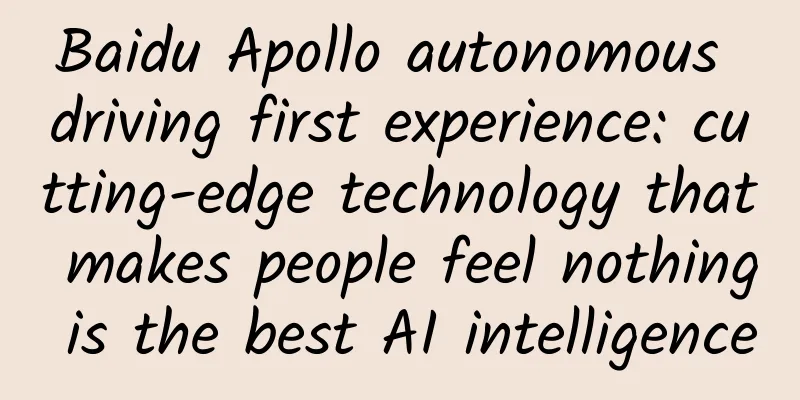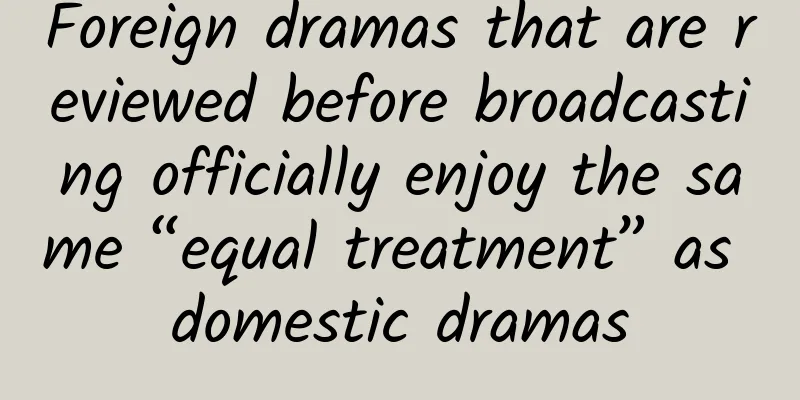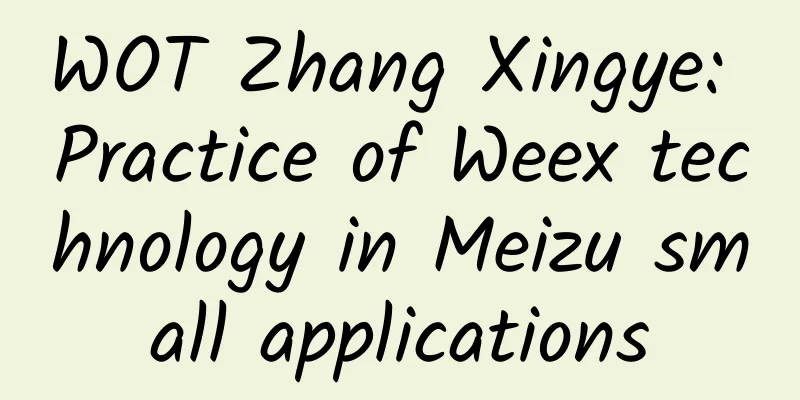The difference between TV and box

|
Abstract: Because both can watch TV and videos, especially OTT boxes and smart TVs, the interface and interaction look similar. Therefore, many people take it for granted that boxes and TVs are similar, but in fact, TVs and boxes are very different from the perspective of products and industries. Boxes have the "fever" gene and are suitable for the production, supply and marketing of the "Internet model". Televisions have the "entertainment" gene and are suitable for the promotion and dissemination of the "media model". In the Internet era, it seems that the world around us and even our own thinking have been subverted overnight. Many Internet companies have joined the OTT war and made hardware. They basically make both boxes and TVs. They naturally think that boxes are simple and TVs are complicated, so they first test the water with boxes and then produce TVs. It seems that only iQiyi cooperates with TVs first and then cooperates with boxes. But in less than two years, the results came out. Excluding most of the failed cases, some Internet companies do boxes very well but TVs are not good, while other Internet companies do TVs very well but boxes are average. Why don't these companies that seem to stand out and have money have the best of both worlds? In fact, boxes and TVs are similar in appearance but not in spirit. They are different in the nature of products and industries. In the Internet era, the core gene of boxes is "fever" and is Internet-based. The core gene of TVs is "entertainment" and is media-based. From media download players and Internet streaming media boxes to today's OTT boxes, they are all about fever, and then gradually spread to ordinary users who are not feverish like water ripples, and the Internet has adapted to, strengthened and accelerated this fever to the greatest extent. Therefore, the users of the box have typical Internet characteristics, which are in line with online Internet and self-media communication such as Weibo, WeChat, QQ space, and forums. In addition, the set-top box was born because of the operator. Whether it is sold or given away, most of the set-top boxes are bundled with the basic business of the operator. It is a typical terminal that has been operational since its birth. For example, DVB cable and IPTV set-top boxes are bundled with monthly fees. Therefore, I tend to be optimistic about those independent Internet brand boxes and operator brand boxes, such as Xiaomi Box and Dr. Peng's Barley Box. The former is strong in fever, and Xiaomi's brand influence is needless to say. The latter is strong in bundling capabilities and those special services that cannot be carried out on the public Internet, such as Dr. Peng's policy of buying broadband and giving away boxes and 20M ultra-clear video packages. But television is different. The core gene of television is actually entertainment and media. In the pre-Internet era, when televisions had nothing to do with TV channels and video content, the marketing of televisions was closely linked to the entertainment industry. In the Internet era, after televisions are more closely linked to content, the media characteristics of televisions have been greatly enhanced. The marketing of televisions on the second party side and the purchase decisions on the first party side are more media-oriented. Therefore, for televisions, the Internet brings innovation and revolution in technology, content and interaction, and the operation and marketing of televisions will actually become more and more media-oriented. Just like the box with strong Internet fever genes is easy to succeed, the television with strong entertainment genes is more likely to succeed. IT companies and Internet companies must break through this point when making television products. We have seen LeTV TV, Lenovo TV and Xiaomi TV, as well as TV+ jointly created by TCL and iQiyi through cross-border cooperation and Coocaa TV, an Internet TV from traditional manufacturers. In the long run, the success or failure of these products will be closely related to the degree of media. Therefore, the essential difference between smart TV and OTT box is that one is "Internet fever" and the other is "media entertainment". This difference directly leads to the need for completely different models and ideas to engage in these two businesses. Trying to copy the success of the box to the TV, or copying the success of the TV to the box, may be a small probability black swan event with more wins than losses. In fact, looking back at history, we can also see the difference between boxes and TVs. Before 2000, just after the successful display of high-definition TVs at the 50th National Day, China began to have DVB cable TV set-top boxes, and most of the first to engage in the set-top box business were TV manufacturers. 14 years have passed, and most of the TV manufacturers who were eager to try at the time did not make good set-top boxes. In the end, only Skyworth set-top boxes achieved great success in the set-top box business, and Changhong was also pretty good. Other TV manufacturers have made few achievements in the set-top box business, and at most they are OEM or ODM foundries. Analyzing why Skyworth and Changhong are more successful, the reason is actually very simple, because only these two companies did not put the set-top box business into the TV company (generally called multimedia company) for incubation, but established a set-top box company with independent management and accounting from the beginning. In the traditional TV era, set-top boxes and TV sets are two products with different genes. One is a set-top box for the operator customer to-B market, and the other is a TV set for the end-user to-C market. The difference in the market and target has created the need for very different thinking, structure and model for the development of these two businesses. Therefore, the good wish of "taking shelter under a big tree" that was incubated in the TV company at that time was not realized, and the final harvest was "no grass grows under a big tree". As a winner of Toutiao's Qingyun Plan and Baijiahao's Bai+ Plan, the 2019 Baidu Digital Author of the Year, the Baijiahao's Most Popular Author in the Technology Field, the 2019 Sogou Technology and Culture Author, and the 2021 Baijiahao Quarterly Influential Creator, he has won many awards, including the 2013 Sohu Best Industry Media Person, the 2015 China New Media Entrepreneurship Competition Beijing Third Place, the 2015 Guangmang Experience Award, the 2015 China New Media Entrepreneurship Competition Finals Third Place, and the 2018 Baidu Dynamic Annual Powerful Celebrity. |
<<: Convenience stores are not a panacea for community O2O
Recommend
Insights | Treating others well is a kind of personal charm
Famous Artists Gallery | Albert Marche, one of th...
How to increase the popularity of the live broadcast room? How to retain people in short video live broadcast rooms?
There are thousands of problems for newcomers in ...
The driving force behind polar cold waves: How does the jet stream shape the Earth’s climate and weather?
Tuchong Creative The westerly jet stream is a pow...
Is soup a kind of "junk food"? How can we drink soup scientifically?
Soup is a nutritious and nourishing dish on many ...
SAIC Motor's overall appearance at the 2017 Shanghai International Auto Show: Strong exhibition lineup demonstrates innovative strength and diversified products create value for users
(April 19, 2017, Shanghai) At the 17th Shanghai I...
Han Xuejie's TCM beauty and health class, 90 ancient anti-aging recipes
Han Xuejie's TCM beauty and health class, 90 ...
Can "plastic" really be put into the microwave? New research: There is no real safety
Experts interviewed: Ding Xuejia, Associate Profe...
China Diving Day丨In this sport, you can paddle but you are not allowed to slack off!
Where to cool off in the scorching sun? Where to ...
Where do old iPhone parts go? Apple may be using them to build new phones
Figure 1: Daisy, Apple's recycling robot, can...
New vulnerability: One song can compromise all Android devices
Security researchers at Zimperium zLabs have disc...
Eight technologies that mobile developers cannot ignore
In recent years, the influence of programmers, es...
Major discovery! Could the plume fountains on Enceladus contain new evidence of extraterrestrial life?
A planetary science study published in Nature Ast...
How to view Huawei Software Development Cloud's implementation of DevOps in the era of microservices
[Original article from 51CTO.com] Cloud computing...
Will suppliers refuse Apple orders?
According to reports, Apple asked Taiwan's do...









